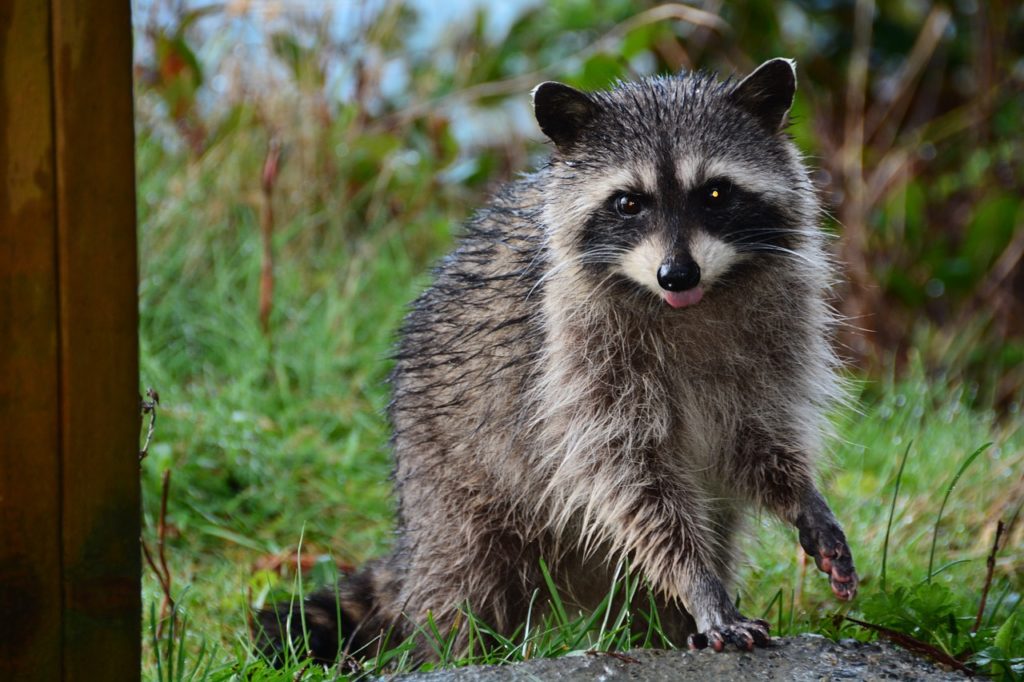
The story is always the same: You go to take the trash outside in the morning and discover that the contents of yesterday’s garbage were thrown about on the ground, the barrels have been knocked over, and you notice claw marks on the cans. Surely you think to yourself that it is too early to form actual thoughts on the issue, so you just assume that a critter had a midnight snack and will not return again. Not only is your assumption wrong but it can be fairly dangerous for your household and the animals.
Keeping Both Two-Legged and Four-Legged Critters Safe: Wildlife Removal
 Raccoons are known for being the biggest pests in North America. These nocturnal creatures cause mischief in the night by feasting on garbage, destroying property, and attempting to work their way into homes. When one has made a snack out of your garbage and you do nothing to prevent them from doing it again, your house now becomes a haven for them and they will return for as long as they are able. You might be fairly understanding when it comes to them eating trash, but that is an action that will escalate. When the weather changes and the cold season approaches, raccoons will stop at nothing to enter your home, which can be dangerous for the residents and them.
Raccoons are known for being the biggest pests in North America. These nocturnal creatures cause mischief in the night by feasting on garbage, destroying property, and attempting to work their way into homes. When one has made a snack out of your garbage and you do nothing to prevent them from doing it again, your house now becomes a haven for them and they will return for as long as they are able. You might be fairly understanding when it comes to them eating trash, but that is an action that will escalate. When the weather changes and the cold season approaches, raccoons will stop at nothing to enter your home, which can be dangerous for the residents and them.
When you decide that it is time to humanely remove these pests from your property, it is fundamental to research proper services. In no way should you hire a professional who has the intention of killing the animals, but you should discover experts who will remove the animals in a way that will make certain they are released into their natural habitats.
Typically, humane raccoon removal follows this process:

- An expert will evaluate your situation. The extent of damage is based on how many raccoons are present, which will then determine the necessary tools to use for the job. Of course, professionals understand characteristics of a multitude of animals, so their knowledge will better correct the problem.
- They will determine the appropriate tool. Typically, a humane trap will be used. Raccoons will eat virtually anything, so the bait will not be difficult to choose.
- The moment the trap is set, you will be cautioned from tampering with it and will be urged to stay away from it, especially if an animal is inside of it.
- When the raccoon is caught, the expert will return to your property immediately. They will retrieve the animal and safely release it back into the wild.
The process is simple enough for the experts, but reputable services will educate you on preventing the problem from ever occurring again and will mention the litigation that exists in most states from replicating the trapping process. Non-professionals should never attempt to trap and remove a raccoon or any pests themselves, even if they have seen the procedure done before. Not only do most portions of the continent require a permit to remove pests, but experts have the necessary training that protects them and the animal, a prowess that average people do not have.